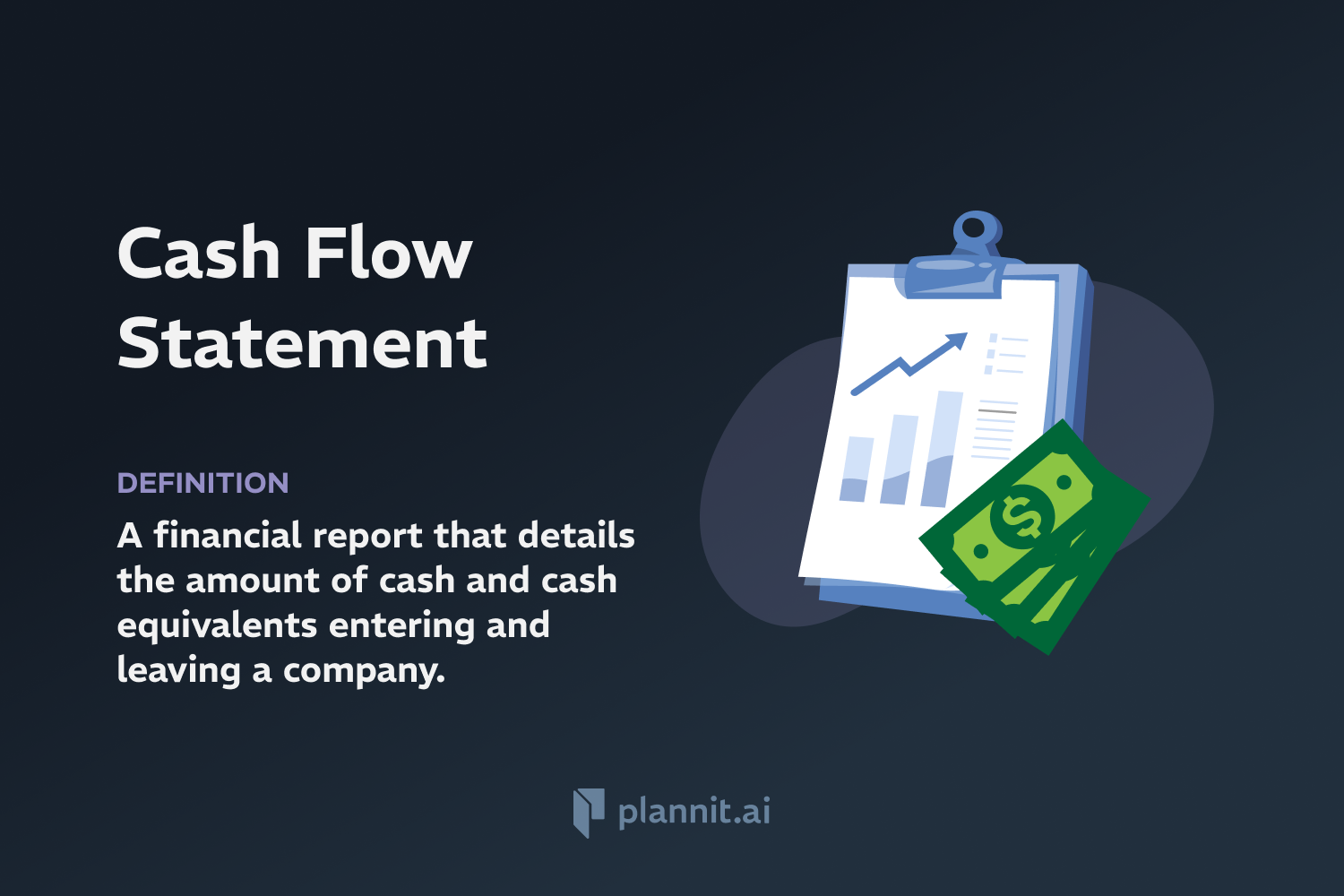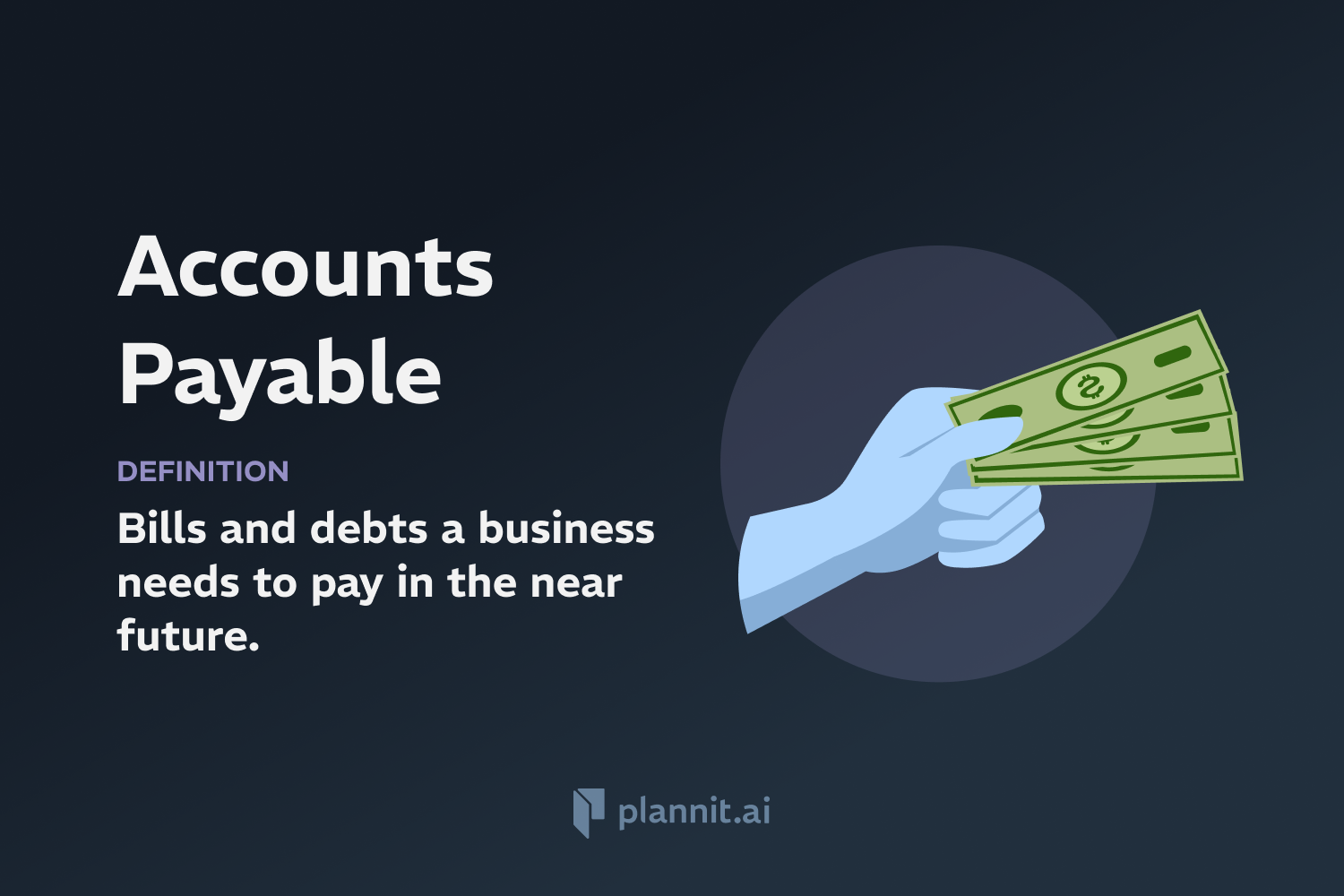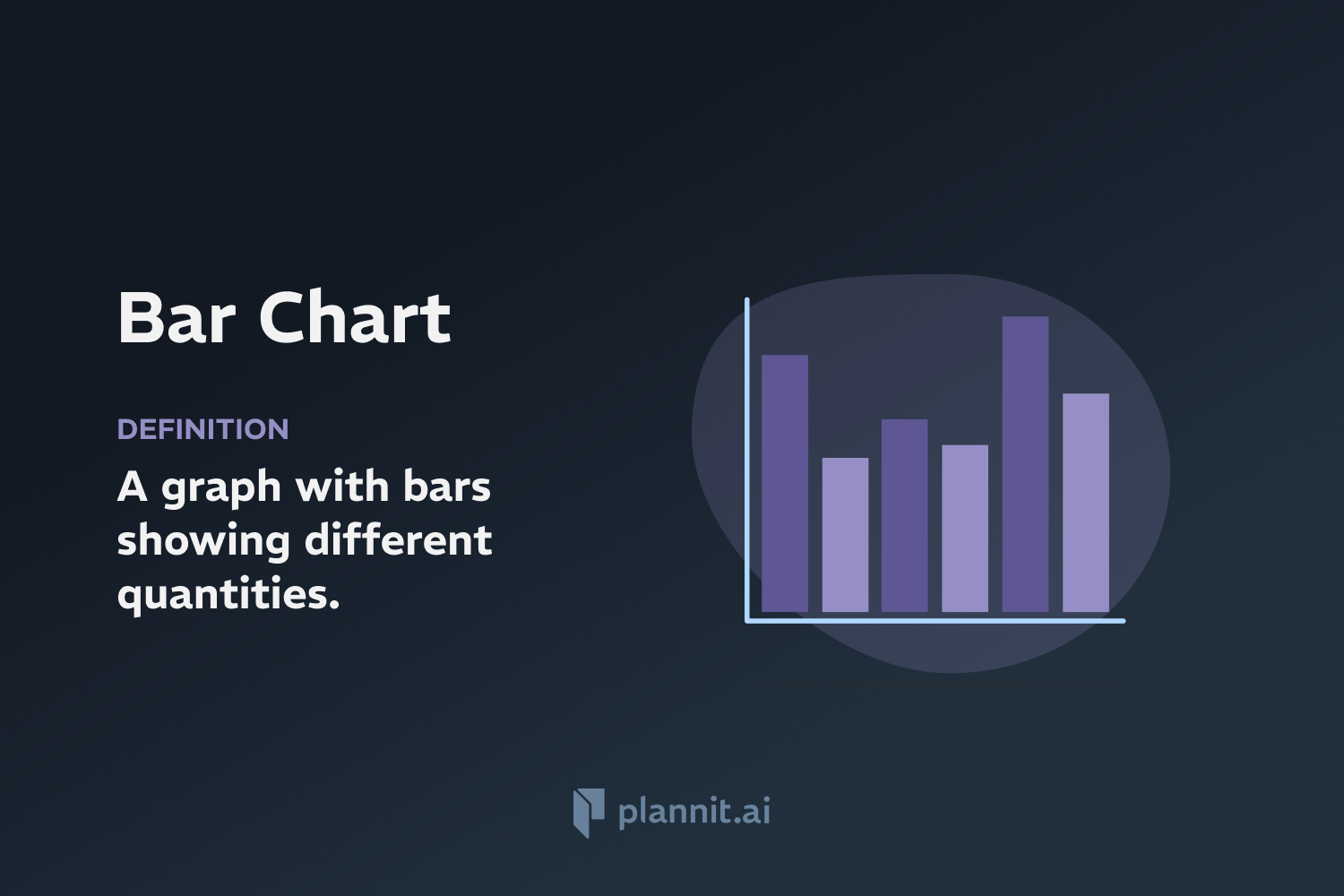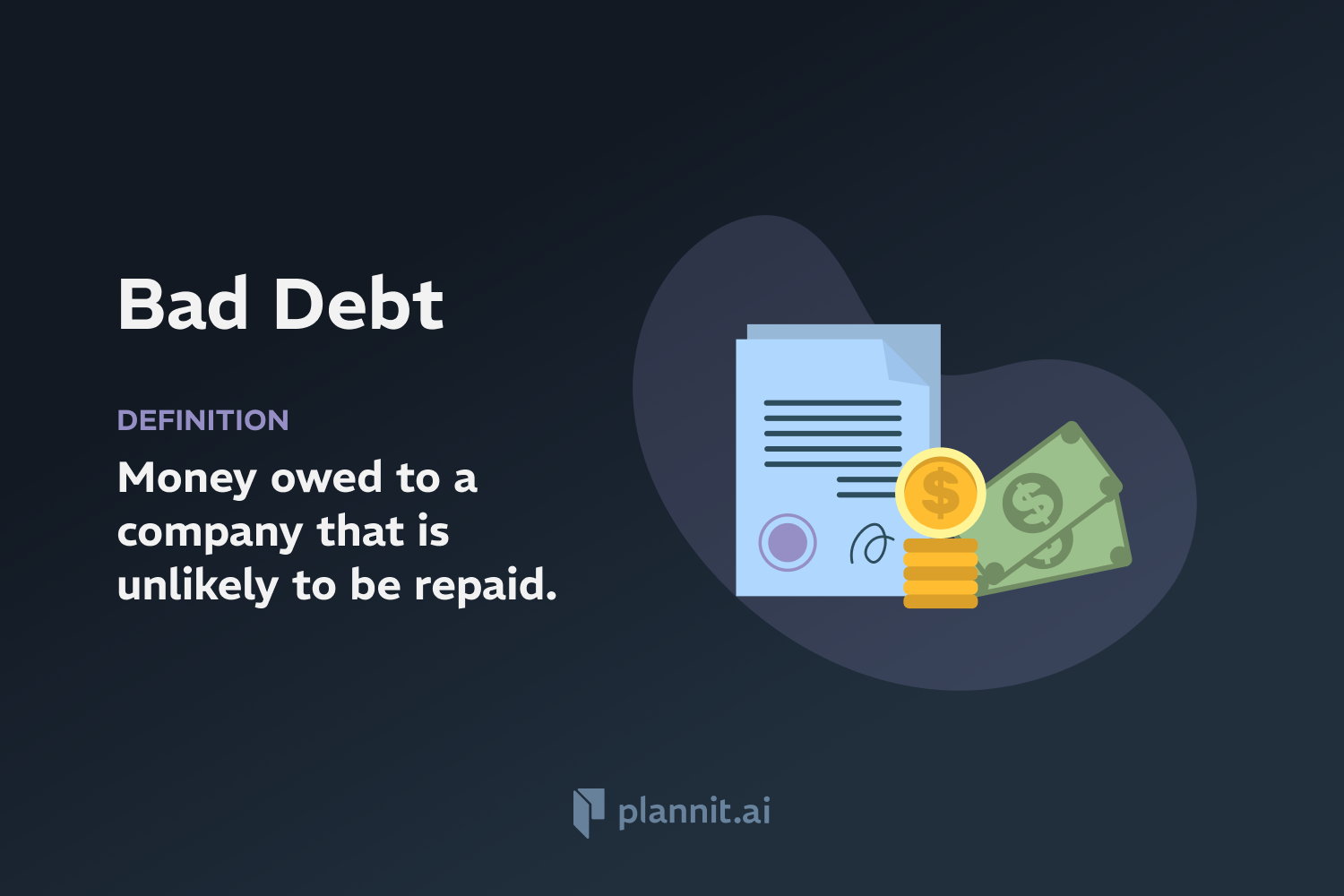Need Help With Your Business Plan?
Answer tailored questions and get a detailed business plan in minutes.
Cash Flow Statement: Definition & In-Depth Explanation

Definition:
Cash Flow Statement is a financial statement that shows how changes in balance sheet accounts and income affect cash and cash equivalents, and breaks the analysis down to operating, investing, and financing activities. It is essential for assessing the liquidity and long-term solvency of a business.
Context of Use:
This statement is used in the fields of accounting and finance to provide a detailed view of a company's cash inflows and outflows over a specific period. It helps investors, creditors, and management understand the company's ability to generate cash and fund its operations.
Purpose:
The purpose of the cash flow statement is to give stakeholders a clear picture of the company's cash activities related to its operations, investments, and financing, highlighting its ability to manage cash effectively.
Example:
Operating Activities: Includes cash receipts from sales of goods and services and cash payments for expenses.
Investing Activities: Involves cash used for purchasing capital assets or investment in securities.
Financing Activities: Covers cash raised by issuing stocks or bonds and cash used to pay dividends or reduce debt.
Related Terms:
Operating Cash Flow: Cash generated from the core business operations.
Investment Cash Flow: Cash used for investments in capital assets, such as equipment and buildings.
Financing Cash Flow: Cash transactions related to a company’s financing activities.
FAQs:
1. What are the three main sections of a cash flow statement?
A: The three main sections are operating activities, investing activities, and financing activities.
2. How does the cash flow statement differ from an income statement?
A: The cash flow statement focuses on actual cash transactions, while the income statement accounts for all revenue and expenses, including non-cash items like depreciation.
3. Why is the cash flow statement important?
A: It provides insights into the company's liquidity, revealing how well it manages cash to fund its operations and growth.
4. Can a company be profitable but still have negative cash flow?
A: Yes, this can happen if profits are tied up in non-cash assets or if there are large cash outflows for investments or debt repayment.
5. How can a cash flow statement help in financial planning?
A: By detailing how cash moves through the company, it helps management plan for future cash needs and schedule expenditures accordingly.
Get funding with a business plan that will impress investors.
Starting a New Business?



